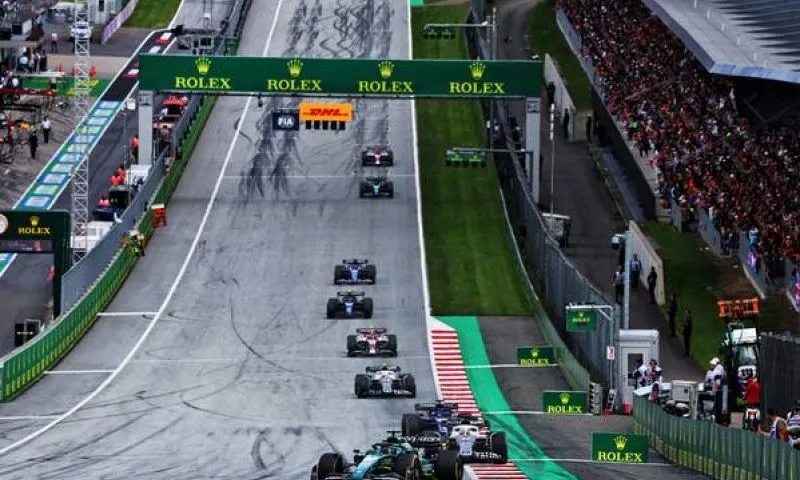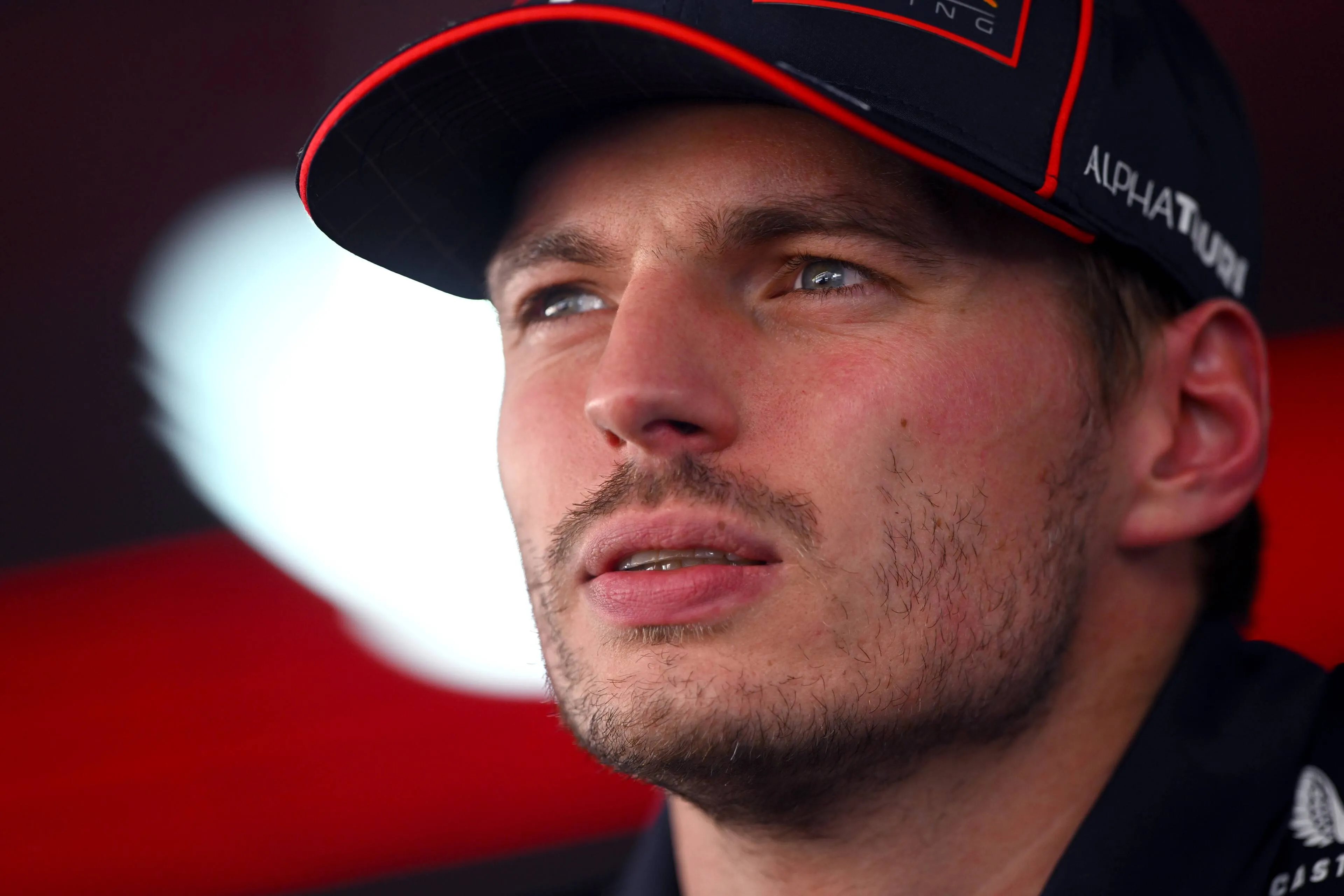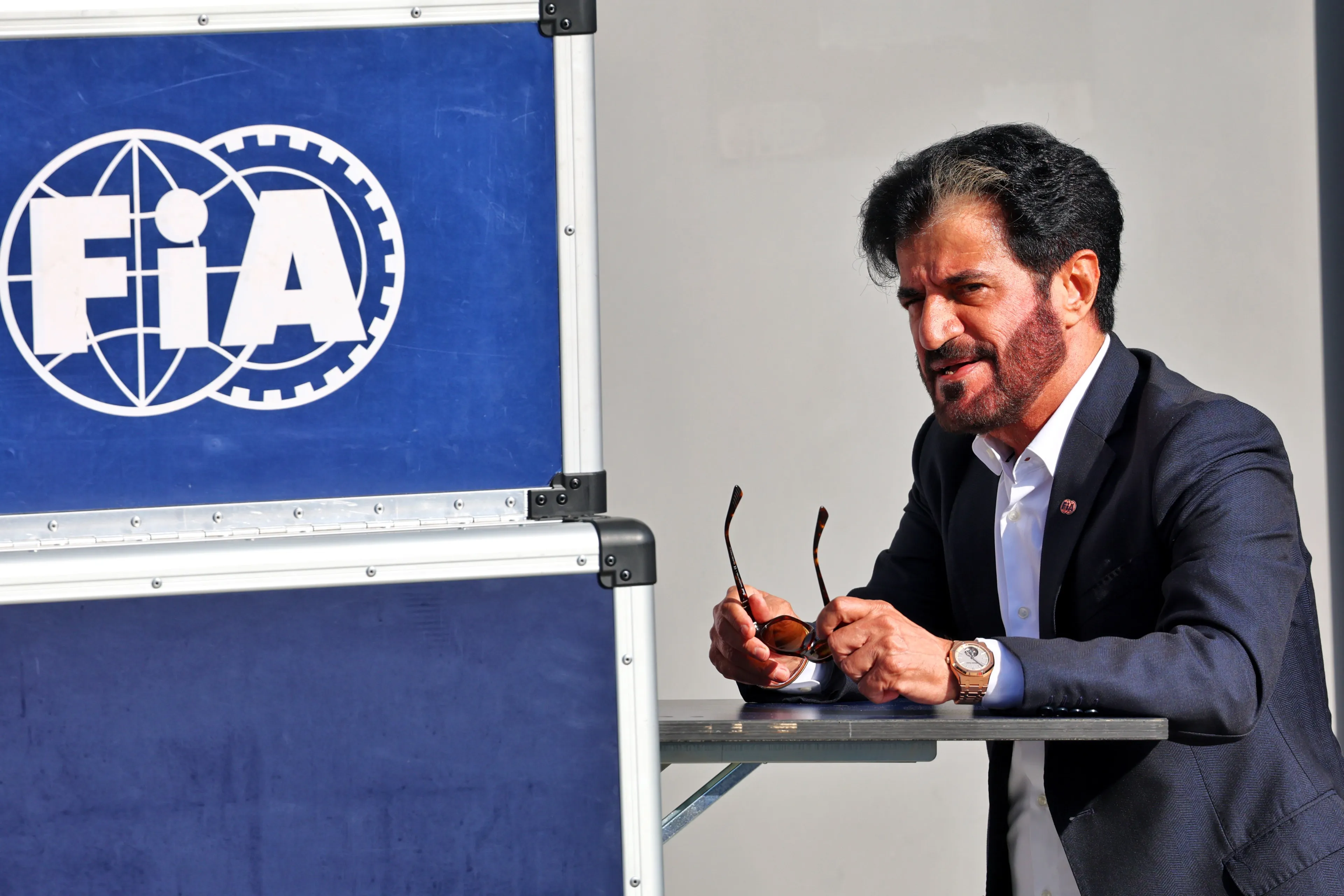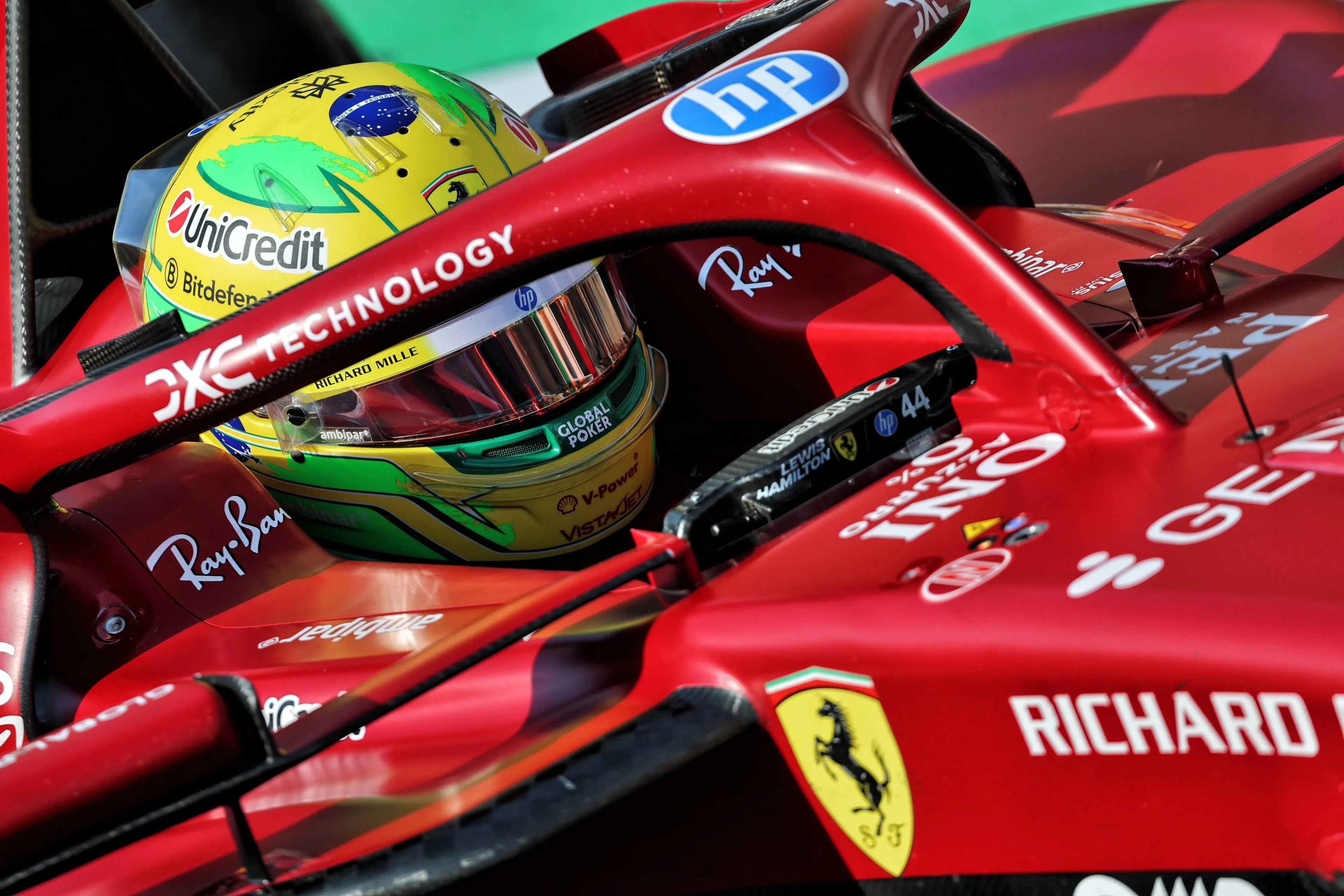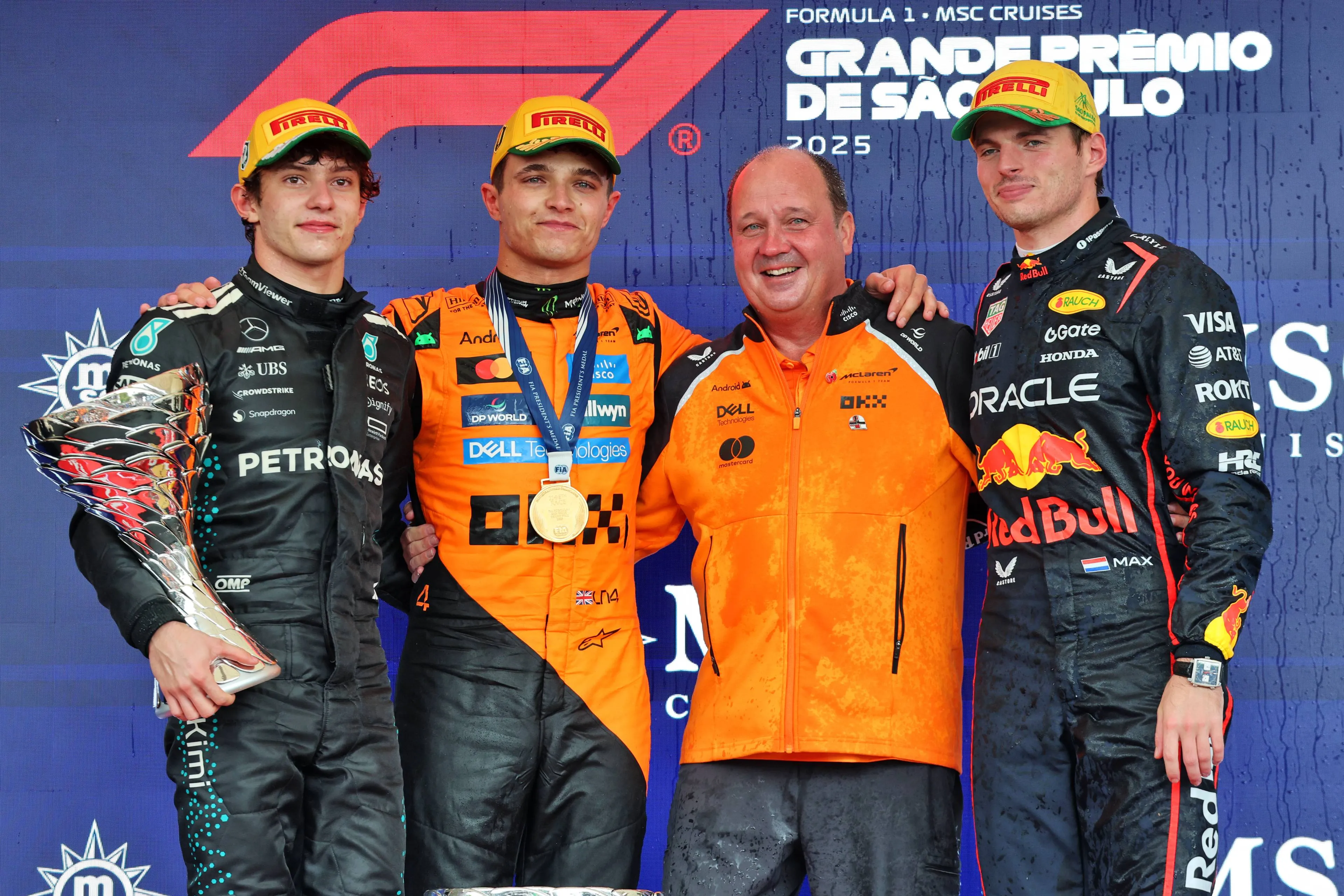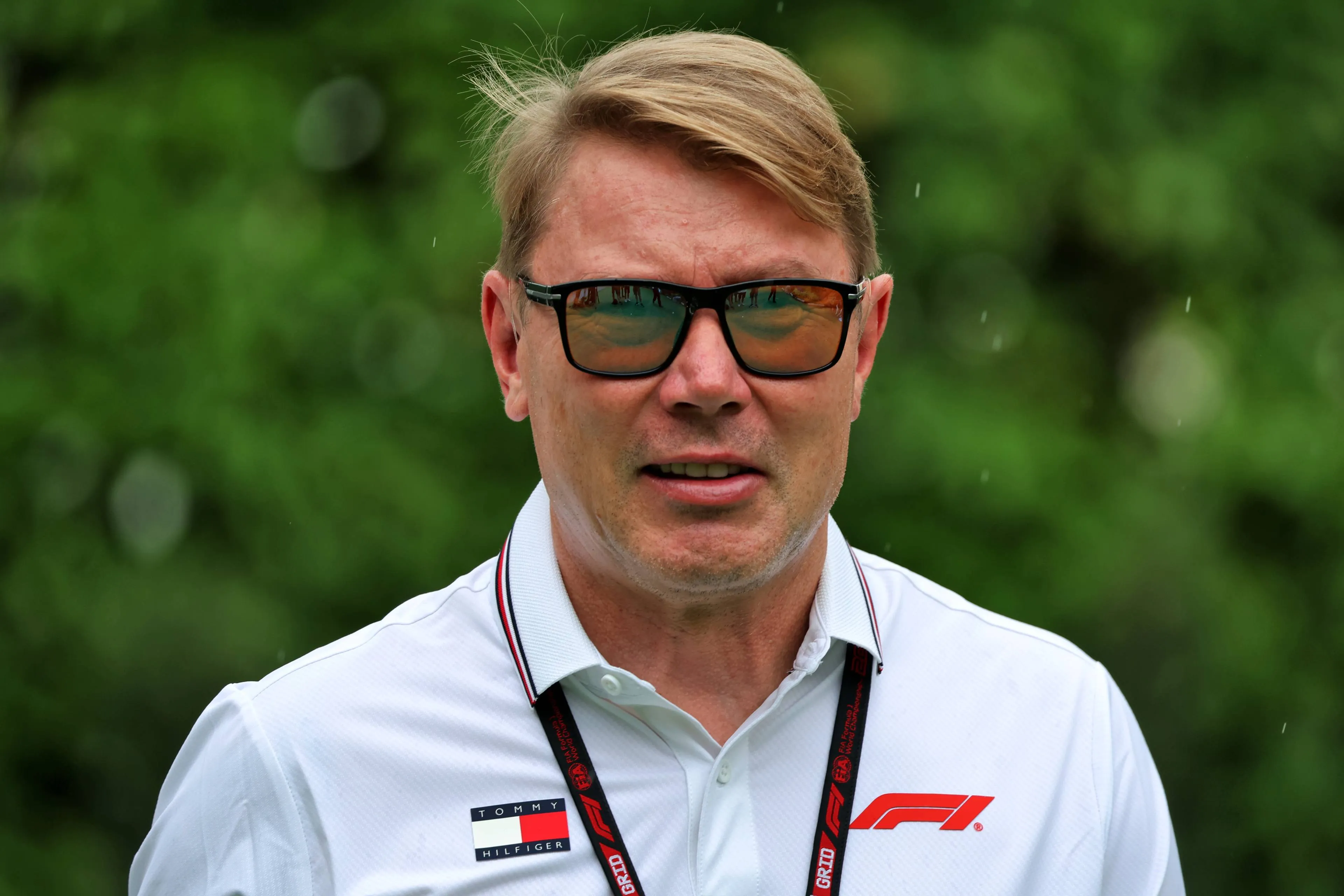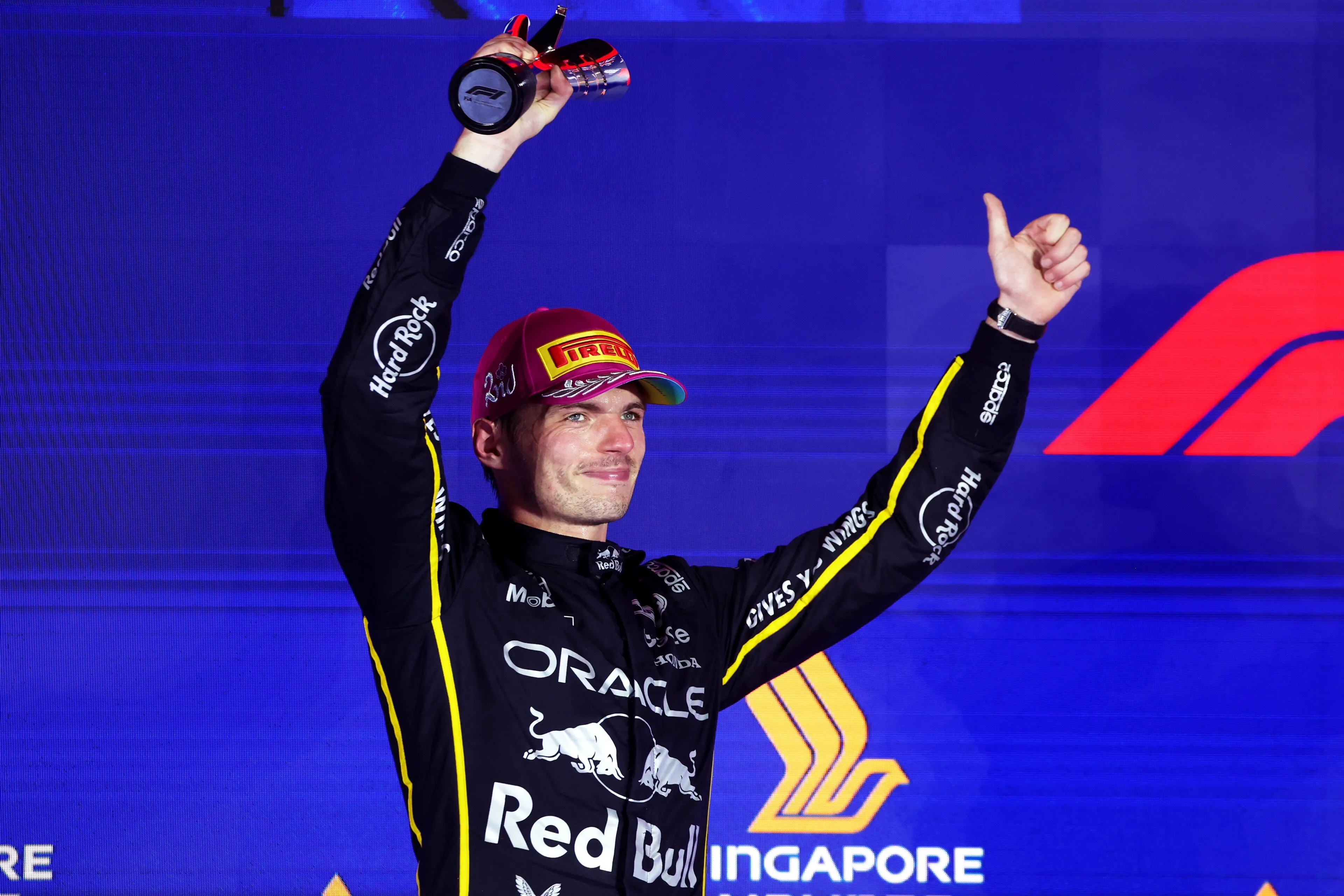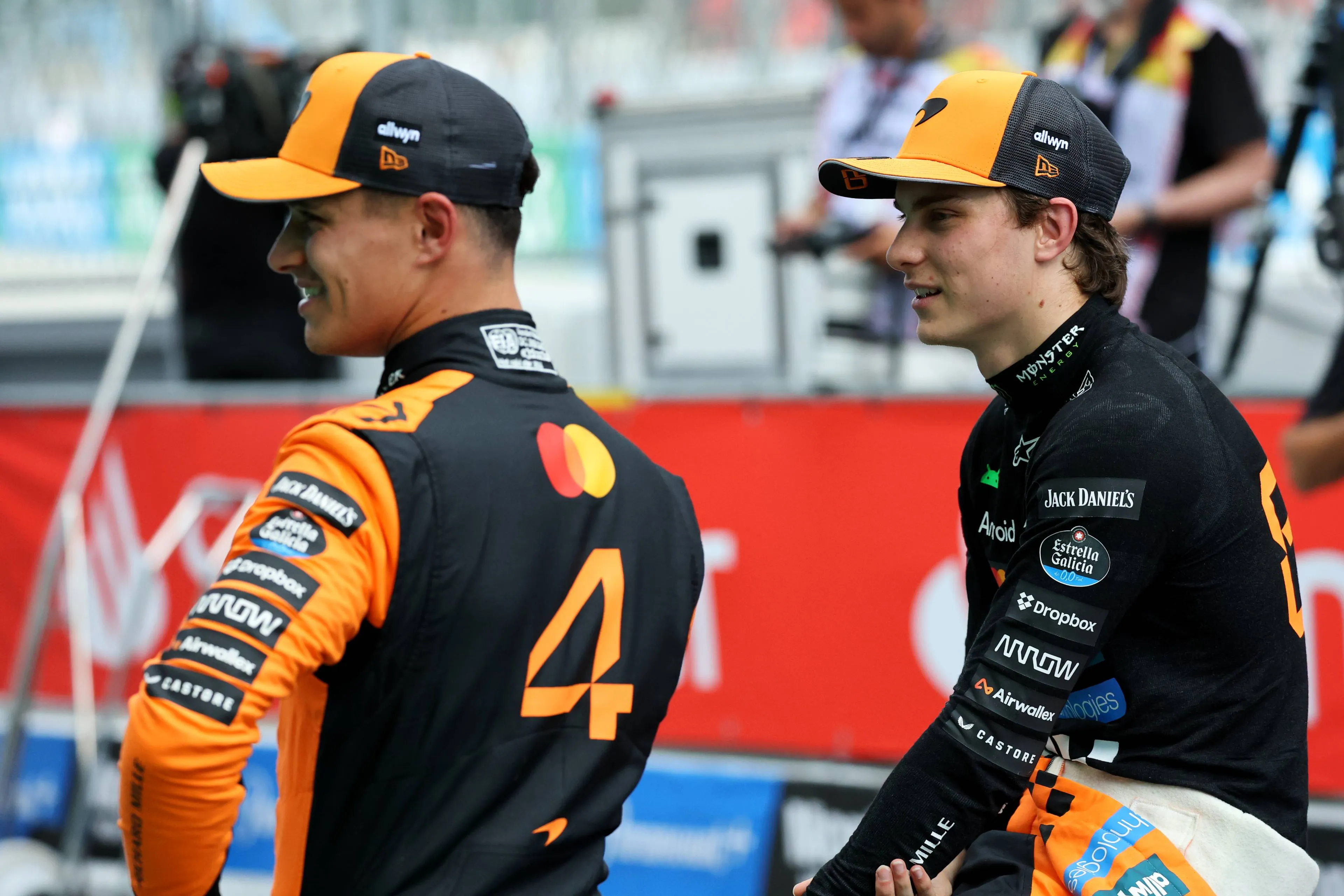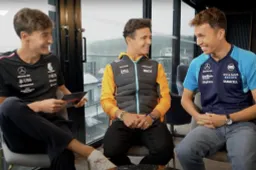In 2021 Formula 1 introduced sprint weekend formats. There were three events in 2021 and 2022 before Formula 1 expanded the list to six in 2023. This also included a format change so we don't see a second free practice session whilst the cars are already locked in Parc Fermé conditions. Here's how the sprint format works.
The sprint race is now a standalone event with its own qualifying session, the sprint shootout. In previous years, the sprint race formed the grid for the Grand Prix, but that is no longer the case. World Championship points are still available, with the sprint winner picking up eight points. The number of points scored drops by one for each position in the top eight.
How is the sprint shootout structured?
The Sprint Shootout is a shortened version of traditional qualifying:
SQ1 for all 20 drivers is 12 minutes.
SQ2 for the remaining 15 drivers is 10 minutes.
SQ3 for the remaining top 10 drivers lasts 8 minutes.
SQ2 for the remaining 15 drivers is 10 minutes.
SQ3 for the remaining top 10 drivers lasts 8 minutes.
Which tyres will be used?
For the sprint weekend in Austria, the allocation of tyres is: 2 hard tyres, four medium tyres, and six soft tyres.
For the sprint shootout, teams are only allowed to fit a specific compound for each session [in dry conditions]
SQ1: 1x Medium
SQ2: 1x Medium
SQ3: 1x Soft
SQ1: 1x Medium
SQ2: 1x Medium
SQ3: 1x Soft
What about grid penalties during a sprint weekend?
A driver or team can incur a penalty on Saturday. This has been considered:
- A grid penalty incurred in FP1 or qualifying will apply to the race.
- A grid penalty incurred in the shootout will apply to the sprint.
- A grid penalty incurred during the sprint will apply to the race.
- A violation of the parc fermé rules will result in a start from the pitlane for the sprint and race.
- Penalties related to the power unit will only apply to the race unless there is a parc fermé violation.
- A grid penalty incurred in the shootout will apply to the sprint.
- A grid penalty incurred during the sprint will apply to the race.
- A violation of the parc fermé rules will result in a start from the pitlane for the sprint and race.
- Penalties related to the power unit will only apply to the race unless there is a parc fermé violation.
Read more about:
Rumors
Popular on GPBlog
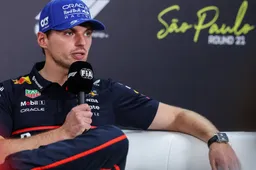
1
Stella's Red Bull cost cap question answered at the F1 Commission? What we know
1159 times read

2
Ferrari F1 urged to drop Hamilton for 'cheaper' impressive rookie
897 times read

3
McLaren chief on Verstappen's success: 'He has a much bigger vision'
887 times read

4
Former F1 team principal baffled by McLaren role reversal
628 times read
Loading
